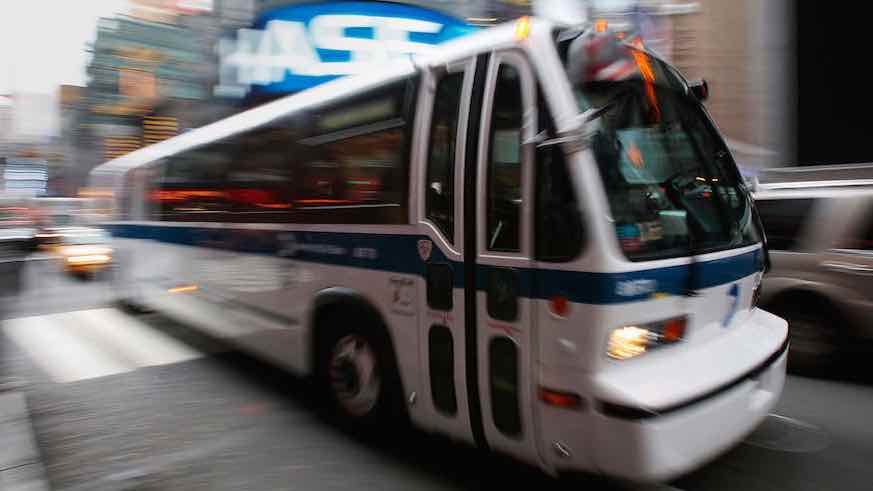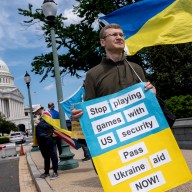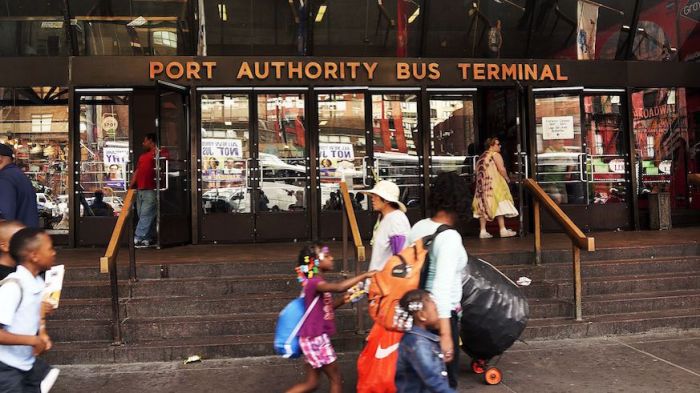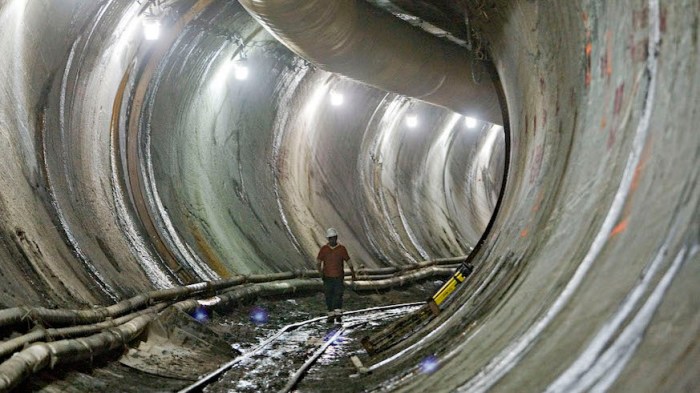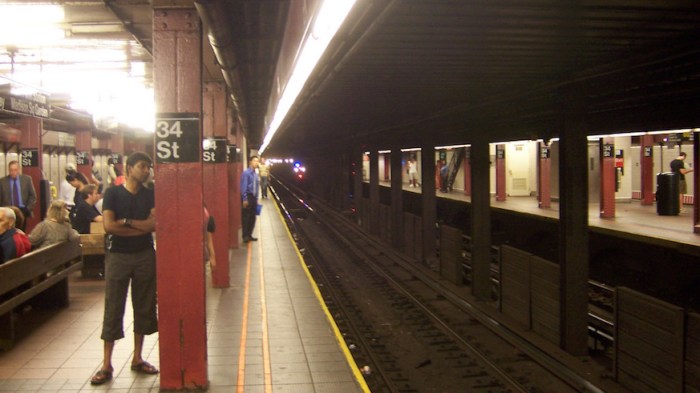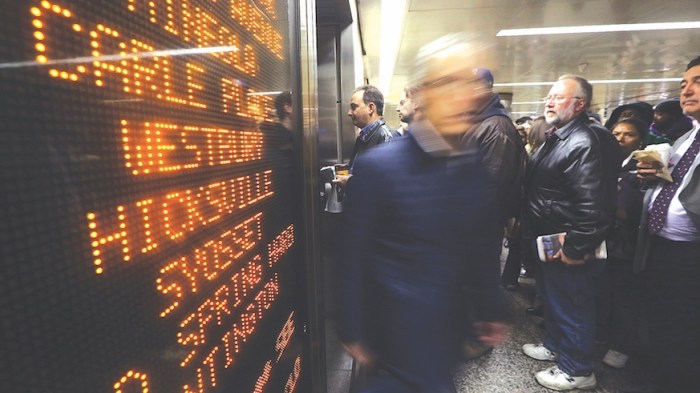Never stand between NYC Comptroller (and 2021 mayoral wannabe) Scott Stringer and a microphone, camera or photo opportunity. His participation and endorsement of the recent Bus Turnaround Campaigns press conference on the release of their report on problems with 246 bus routes is nothing new. The Riders Alliance, Tri State Transportation Committee and New York Public Interest Research Group Straphangers Campaign along with Comptroller Stringer have periodically issued similar reports with the same complaints about MTA New York City Transit bus service for years. Last November, Comptroller Stringer issued a report “The Other Transit Crisis: How to Improve the NYC Bus System.” This report left much to be desired. He references the New York City Transit 6,000 bus fleet, but sometimes forgot about the MTA Bus 1300 fleet. MTA Bus took over the old NYC Department of Transportation private bus franchised operator program in 2005. This included eight garages and 1300 buses.
His complaints about reduction in speed overlooks its relationship to the corresponding loss in street capacity. Since 2002, hundreds of miles of traffic lanes have been eliminated. This was due to the dramatic increase of bike lanes and street calming projects. Forcing buses to share less street space with cars, taxis, Uber, UPS, Fed Ex along with other delivery and commercial vehicles has contributed to a decline in the speed of buses in all five boroughs. Don’t forget police, fire, ambulance, sanitation and utility vehicles. Reduction in spacing between stops has been dealt with by introduction of Limited Stop service on many routes.
Stringer missed the significance of MTA NYC Transit awarding contracts for $200 million to purchase and install a new bus radio system along with $150 million for purchase and installation of a new East New York Brooklyn Bus Command Center. Both projects are already several years behind schedule. What else is new! Riders will eventually see benefits from completion of both the Bus Radio System and Command Bus Center. They will support operations of over 6,000 NYC Transit and 1300 MTA Buses providing service in all five boroughs. Once in use, they will help in proper dispatching and monitoring of service, which will avoid bus bunching. Transit signal improvements affording buses priority movement on streets will save riders time. But it also involves the cooperation and support of NYC Department of Transportation Commissioner Polly Trottenberg and Mayor Bill de Blasio.
There are other issues to contend with in the boarding of buses in both the front and back. While riders are encouraged to exit in the rear, many depart via both the front and back doors. Conflicts will arise between riders attempting to board via both front and back door versus those wanting to exit. How many times have you been delayed by riders who fumble around trying to find their Metro Card, attempt to use a Metro Card with insufficient fare or look for the right amount of change. resulting in more delays before the bus can depart the stop?
In 2017, the MTA awarded a $573 million contract to Cubic Transportation Systems to replace the Metro Card. New fare collection technology will be coming on line between 2019 and 2023 to assist in speeding up passenger boarding.
His reference to “MTA failing to renew its fleet fast enough, noting that 22 percent of buses are more than 12 years old” left out the MTA Bus fleet. As part of the $32 billion 2015 – 2019 Five Year Capital Plan MTA NYC Transit is in the process of spending $1 billion to purchase over 1,000 new buses. MTA Bus has programmed $300 million to buy over 400 new buses. If Stringer wants the MTA NYC Transit & MTA Bus to accelerate bus replacements and fleet expansion beyond these numbers to increase service, how does he propose finding hundreds of million more in funding to pay for this? Will Stringer ask his good friends Governor Andrew Cuomo and Mayor Bill de Blasio to provide more money?
There are other projects and plans outlined in both the MTA 2015 – 2019 Five Year Capital Plan and MTA 2014 – 2034 Twenty Year Capital Needs Assessment Plan for even more investments to support both the NYCT and MTA bus systems. Additional projects and programs will be contained in the upcoming MTA 2020 – 2024 Five Year Capital Plan. This includes hundreds of millions to pay for upgrading existing bus garages to bring them up to a state of good repair. All of the above will benefit riders who use local and express bus routes in all five boroughs.
To this day, there has been no restructuring of routes between NYC Transit and MTA Bus to promote more efficient service. Most routes run along corridors in communities, whose development took place decades ago. Service follows demand and neighborhood density. Other lines feed customers from two fare zones to the closest subway station. Millions have already been spent over decades looking into potential restructuring of existing and potential new services. There is little opportunity for creation of new or modifications to existing routes. Increasing frequency of off peak service has already taken place on some routes. It costs both NYC Transit and MTA Bus $215 per hour to operate, maintain, fuel and clean each bus. How does Stringer proposed offering the MTA additional millions in operating funding necessary to finance increasing frequency of off peak bus service?
Gov. Cuomo still needs to come up with $5.8 billion balance of the $8.3 balance he still owes to fund the $32 billion 2015 – 2019 MTA Five Year Capital Plan and $1 billion more in new funding to deal with this past summer’s subway and LIRR Penn Station crises. Mayor Bill de Blasio still owes a significant portion of the $2.5 billion he also promised to help pay for the same plan.
In the end, quality, frequency and reliability of service is dependent upon secure revenue streams. We all have to contribute — be it at the fare box or tax revenues generated by different levels of government redistributed back to the MTA.
TANSTAFFL or “There Ain’t No Such Thing As A Free Lunch,” or in this case, a free bus ride.
Larry Penner is a transportation historian and advocate who previously worked 31 years for the US Department of Transportation Federal Transit Administration Region 2 NY Office.

